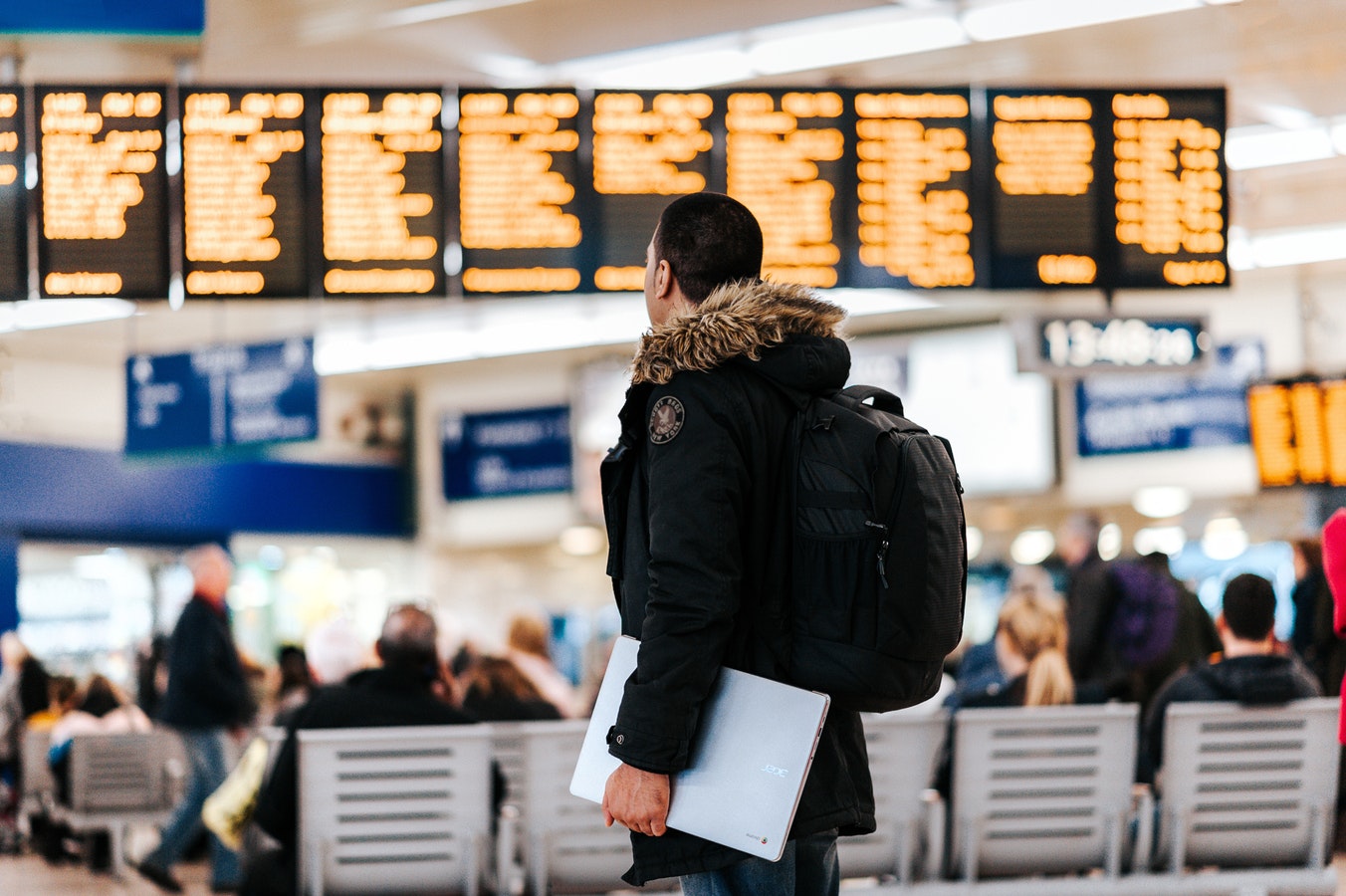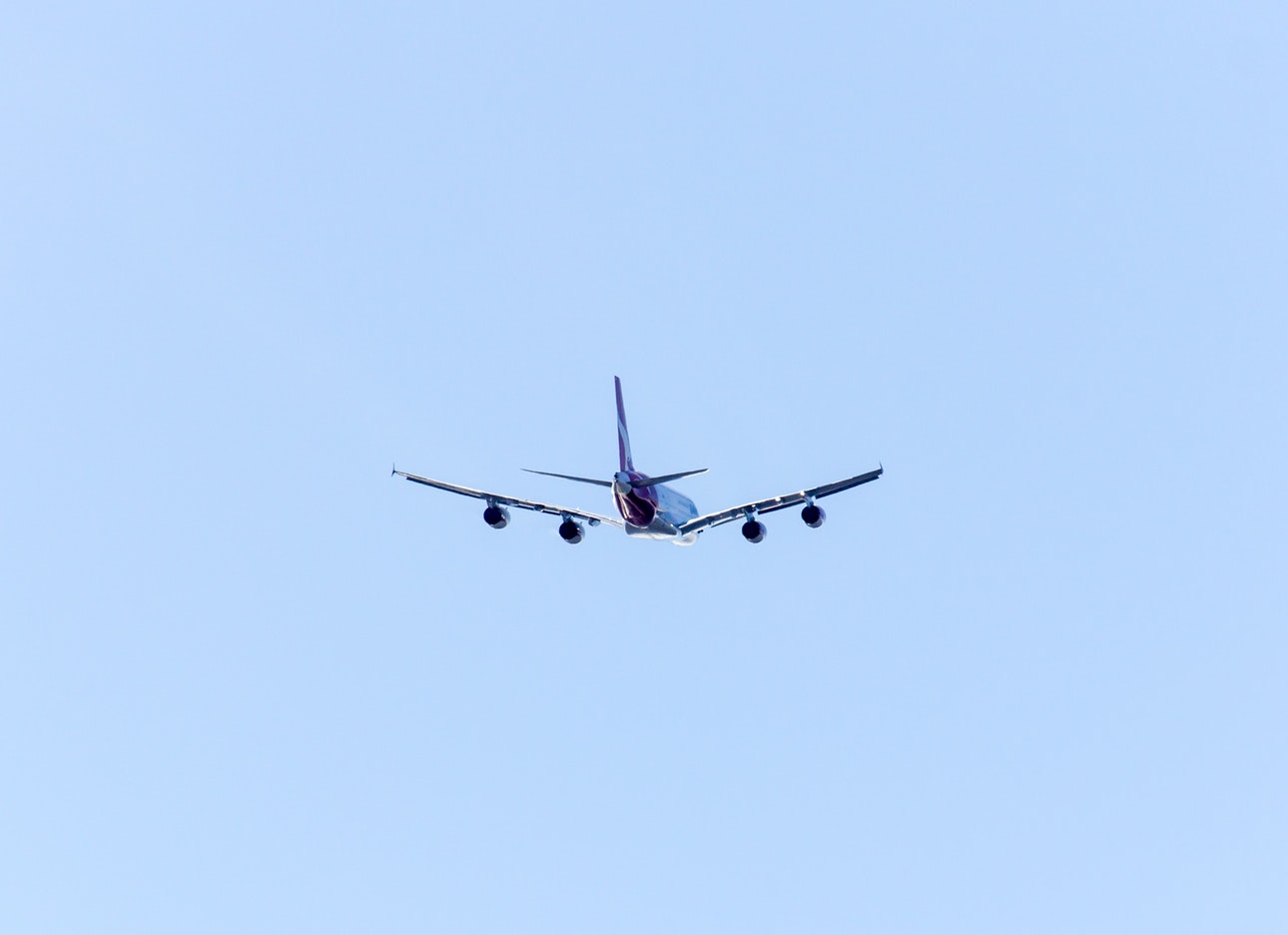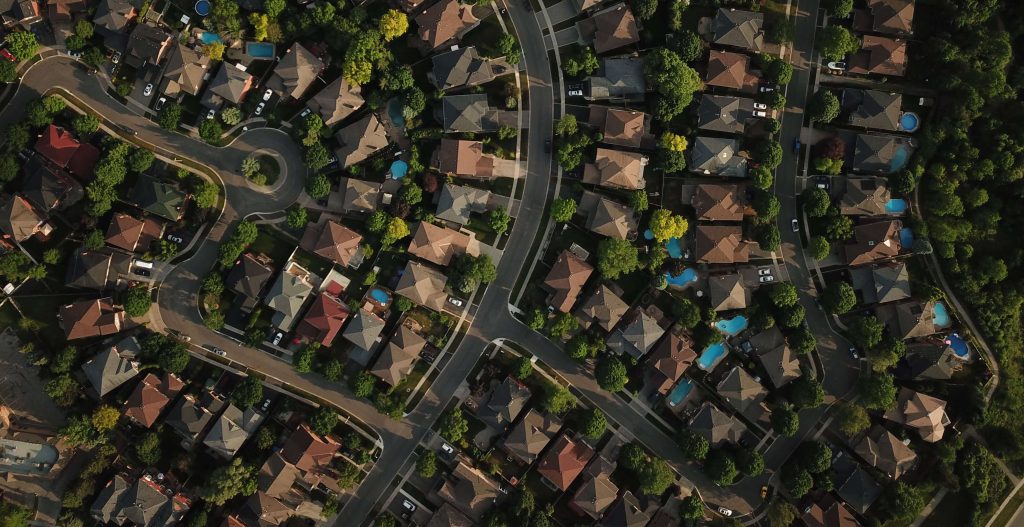The purpose of this review is to summarise Airservices investigation into community-initiated proposals for changes for flight paths to and from the south of Gold Coast Airport (‘Southern Operations’).
Investigation: Southern departures trial
Some aircraft departing from Runway 14 (to the south) fly over residential areas near the airport, including Banora Point and Chinderah. A proposed change to this flight path was submitted to Airservices in 2012-13 by residents groups to the south of Gold Coast Airport. It aimed to reduce the noise impacts for residents by directing jet departures from Runway 14 to the south-west to maximise tracking over the Banora Point Golf Course.
Aircraft commenced flying the modified flight path in January 2015 under a 12-month trial which concluded in January 2016. This timeframe covered normal seasonal patterns and allowed the community to provide their feedback about the trial.
After conclusion of the trial a review was undertaken which included consideration of community feedback received and data from noise monitoring undertaken to determine whether there was any increase or reduction of noise experienced by local residents.
The trial did not achieve the intended noise reductions and also unintentionally concentrated flights over Farrants Hill. Due to this, and in consideration of community feedback, we decided not to implement the trial flight path permanently.
Reinstatement of the original Runway 14 departure procedure took effect on 23 June 2016. This required us to update procedures in compliance with current design rules and limitations. Waypoint locations remain the same, but the waypoint closest to the runway was changed from a fly-by to a fly-over.
Further information about the trial can be found on Engage Airservices website.
Investigation: Increased General Aviation activity during the COVID-19 pandemic
In response to an increase in complainants about general
aviation activity (including training) at Gold Coast Airport we undertook an investigation to:
- determine the nature and volume of the activity
- review the compliance with published procedures
- identify and assess any opportunities for noise improvements
- make recommendations, if appropriate.
We found the aircraft noise impact of circuit training at the Gold Coast Airport was a direct result of the COVID-19 pandemic, which has meant a reduction of jet and other scheduled flight operations and has provided an opportunity for training operations to increase (as they are not restricted by jet operations).
Our investigation found that Air Traffic Control are complying with published Noise Abatement Procedures for circuit training, including distributing traffic between the east and west sides of the airport.
Flight training schools and Gold Coast Airport have worked together to reduce the hours of circuits which provides a slight noise mitigation to residents in the evening.
We did not find any further recommendations that could mitigate this unexpected noise increase.
When the COVID-19 health crisis passes, and as air traffic levels return to normal, operations at Gold Coast Airport will return to standard practice, and training aircraft will again be restricted due to other operations.
Investigation: Departures over Fingal Head
In 2010, the Gold Coast Airport Noise Abatement Consultative Committee (ANACC) requested we undertake a trial into widening the departure flight paths for Runway 14.
The trial looked at spreading out the jet departure paths for flights to specific destinations (including Malaysia, New Zealand, Japan, Townsville, Mount Isa and Cairns) in order to reduce the noise exposure to residents at Fingal Head, while maintaining minimal impact to other residential areas.
The trial reduced movements over the central area of Fingal Head, however community consultation showed that there was no support for the trial to be implemented permanently.
The flight path was not permanently implemented and the investigation was closed.
Investigation: Departures over Banora Point
In 2016, complainants living in Banora Point raised the issue of Virgin Australia Boeing 737s making early turns over residential areas on departure from Runway 14. We investigated the complaints and confirmed this was occurring.
Virgin Australia subsequently discovered a variation with the way some crews were entering data into the aircraft’s flight management system and issued a crew notice to correct this.
Since the notice took effect there have been no further complaints from residents.
Investigation: Curfew operations during daylight savings
During daylight savings the airport curfew operates on Queensland time with the result that NSW residents can be exposed to aircraft movements until 12 am instead of 11 pm. In 2015, a complainant asked us to investigate whether the preferred runway under the noise abatement procedures could be changed to Runway 32 (rather than Runway 14) between 10 pm and 11 pm Queensland time during daylight saving periods.
Data analysis of movements between 10 pm and 11 pm over three months found that movement numbers were low at this time. There were no movements at all on 33 nights, one movement on 34 nights, two movements on 17 nights, and three to four movements on seven nights.
Comparison of runway usage during the data collection period showed that usage of either runway at this time of year appeared to be almost equally shared, which weakened the case for a change of runway preference.
Because there are approximately three times more arrival movements than departures, for suburbs south of the airport, the proposed change would have a greater negative effect on those areas that are affected by arrival traffic than the positive effect it could have on some areas affected by departure traffic. All these areas south of the airport are in NSW and as such would be on daylight saving time.
The proposal was considered feasible from a safety and efficiency perspective. However, the low number of flights per night in the time period, the fact that many of these are spread between the north and south of the airport, and the fact that the majority of operations are arrivals rather than departures, indicated that any noise improvement would be minimal.
While there might be very small benefits for residents to the south of the Airport that are not overflown by arrival traffic, such as the residents of Fingal Head, this is a small population compared to the area that would either receive no benefit or would experience a worsening of their situation, such as suburbs in NSW under the arrival path and suburbs to the north including Tugun and Currumbin.
On balance, we found that there are insufficient departures between 10.00pm and 11.00 pm during daylight savings periods to outweigh potential negative impacts of the proposed change on other areas and qualify as a noise improvement for the whole community.
Investigation: Altitude of departures over Fingal Head
In 2016, a complainant raised a concern that Air Asia flights varied in altitude, with an evening flight being lower than a morning flight.
Our investigation found that there was an altitude difference, but that this was due to the different destinations of each flight. The morning flight was bound for Auckland, a much closer port than the destination of the evening flight, Kuala Lumpur.
The evening flight therefore carried a higher load of fuel to cover the distance of 6,500 kilometres to Malaysia compared to the 2,200 kilometre distance to Auckland. The weight of an aircraft affects its climb performance and it was this effect being noticed by the complainant.
Learn more about aircraft altitudes on our What are the rules about altitudes? page
Useful documents and websites
Further information about aircraft operations
You can find a range of information on the Airservices website.
- to read more about how we monitor aircraft noise visit our monitoring aircraft noise webpage
- to learn more about aircraft operations visit our aircraft operations webpage
- visit Engage Airservices to engage with our program of flight path and airspace changes.
Accessing earlier noise and complaint information reports
Our interactive noise and complaint reports include data from 1 January 2017. Previous reports are available on request.
Understanding noise and annoyance – video
Everyone encounters sound every day. It is only when that sound causes an adverse effect on a listener, such as annoyance, does that sound become noise. Noise is not always just about how loud the sound is, there is a complex set of factors that drive annoyance both based upon the noise itself and what that noise means to us. Find out more by watching this video:
From the ATC archives – video
Take a look at how air traffic control and flight operations used to operate.
Introduction to aircraft noise
Although the terms noise and sound can be used interchangeably, noise is used to refer to an unwanted sound, while sound is the generic term used to refer to anything acoustic.
In the case of aircraft noise, the acoustic energy can pass through 500 metres to 10 kilometres (or more) of air to reach local communities. As a result an aircraft can sound very different depending on the distance between the community and the aircraft, be that at flying or on the ground at a nearby airport.
The following video explains how aircraft noise is generated and how the characteristics of sound from aircraft can vary depending on a range of factors, such as the height of the aircraft, the type of aircraft (jet/propeller), its speed and weather:
If you would like to read more about aircraft noise and how we monitor it, you can visit our aircraft noise webpage.
Typical FAQs
We have assembled a list of our commonly asked questions that are asked in most areas.
Why can aircraft fly at sensitive times?
Aviation is a vital industry for the Australian economy. Business, tourism, social and freight activities rely on aviation. Unlike many other industries, aviation is regulated by the federal government rather than by state governments. This makes aircraft noise regulation quite different from the type of noise regulation you are used to at a local level that might, for example, prohibit noisy activities before 8:00 am on a Sunday.
Major airports in Australia are situated very close to residential areas and for this reason it is not possible to design flight paths that avoid flying over homes. In cities where the airport is located on the coast, flight paths will be designed to fly over water wherever possible. However because aircraft must take off and land into the wind, it is not always possible to avoid flying over residential suburbs by staying over water.
Aircraft noise remains a key challenge for an industry that is forecasting high levels of growth in air traffic movements over the next 20 years. Managing noise impacts on communities requires careful balance between the protection of affected residents and recognition of the broader economic and social contributions of the aviation activity.
Why can’t the flight paths be moved away from me?
Flight path design is a complex process. Flight paths must comply with international design standards and Australian safety regulations. Changes to flight paths may be made for a variety of reasons, including safety and noise management. However, changes are not easy to make as changes to one flight path usually impact other flight paths.
In considering any change, first of all we must have regard to safety – any change that could compromise safety cannot be progressed. Managing aircraft in a regular way and minimising complexities are central tenets of safety. We also consider the efficient operations of the airport and whether there would be an overall noise improvement for the community. We do not generally consider that moving noise from one part of the community to another is a noise improvement. In considering this we have to have regard to the entire flight path and the fact that moving it at one point may result in adverse effects many kilometres away. Unfortunately, the reality is that it is very difficult to identify flight path changes in metropolitan areas that can be made without moving the noise, or compromising safety or efficiency.
If a potential change is identified it must be environmentally assessed, the community, including potentially affected areas, the airlines and other stakeholders must be consulted and feedback from all must be considered. Finally, if the change is to go ahead, aeronautical documents for pilots must be produced and published and time allowed for crews and air traffic controllers to be trained in the new procedures. All these requirements mean that changes can take several years to make.





